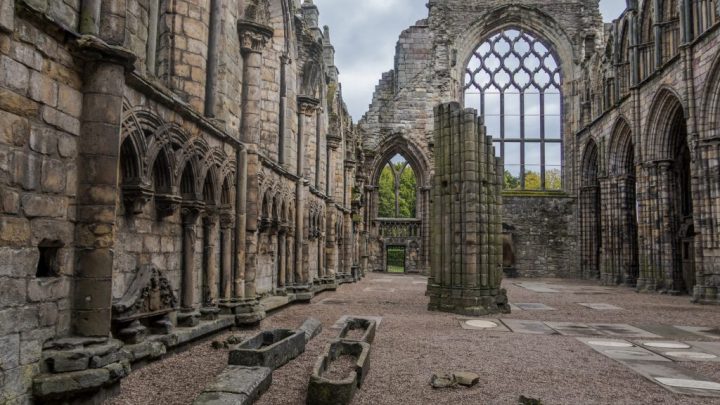October in Lazio by Ann de Forest
We can view calmly the massacres that happened centuries ago, laugh at the gruesome hellfire, the sharp teeth and twisted tails of devils carved on the façade of a ruined cathedral. I happened upon a suicide in the Piazza di Montecitorio, where the Italian Senate meets. I gazed up at the Renaissance roof and noticed nothing. I remembered there was a cafe a block away that claims to serve the best coffee in the world. Antiquity and other attractions absorb a stranger’s despair. Offended by the brusque greeting the villagers gave him in a small hill town in Northern Lazio, King Charles VIII of France went on a rampage. The churches lay in ruins. The villagers who evaded massacre fled to the fortifications above the towns. History becomes part of the scenery, the local color. When the gypsy girl picked my pocket decades ago I chased her down and snatched my wallet back. Her sister walloped her. Years later, I tell the story to amuse my friends. Those girls are long grown, mothers perhaps of the virtuoso violinists who extract coins from tourists on the subway. Loopholes now are charming metaphors, a way out but not in. Heaven looks so boring, all that uniform goodness, when you’ve never known real fire, when you’ve never seen a monster face to face. What moves us? Tufa fragments, time-softened rocks that volcanoes once spewed in fury, turn golden at a certain time of day. Lounging figures from Etruscan graves now grace the town’s low walls. They gaze down at the unthreatening valley below.
Ann de Forest’s short stories, essays, and poems have appeared in Noctua Review, Cleaver Magazine, Found Poetry Review, The Journal, Hotel Amerika, Timber Creek Review, Open City, and PIF, and in Hidden City Philadelphia, where she is a contributing writer.
Photo by Emran Yousof on Unsplash
<< >>
